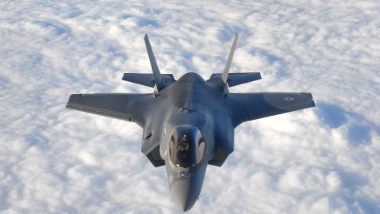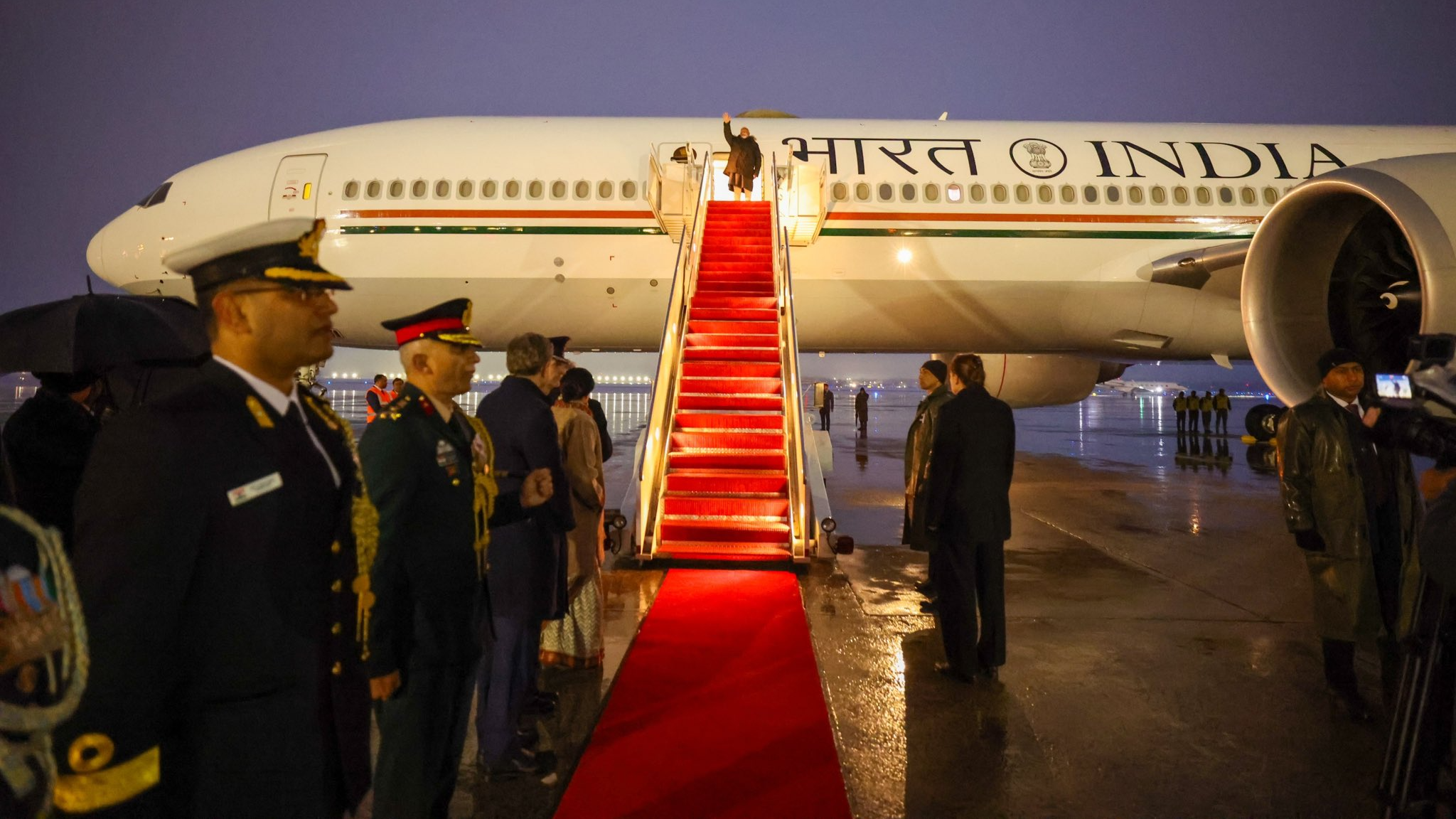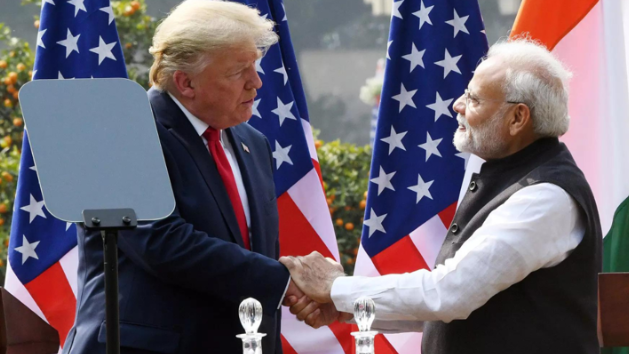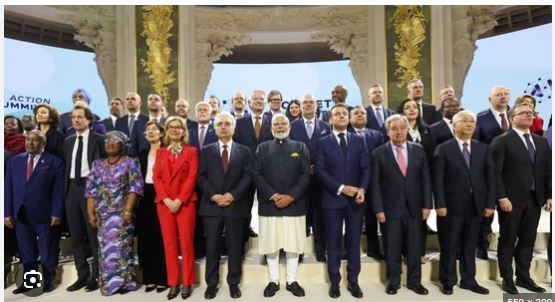On March 8, 2014, Malaysian Airlines Flight MH370 departed from Kuala Lumpur International Airport bound for Beijing with 239 souls aboard. Less than an hour later, it would become aviation's most enduring mystery, vanishing without a trace and spawning countless theories that persist to this day.
The Last Known Moments
At 1:19 AM, Captain Zaharie Ahmad Shah's final words to air traffic control were routine: "Good night, Malaysian Three Seven Zero." Minutes later, the Boeing 777 disappeared from civilian radar. Military radar would later reveal the aircraft had made an unexplained U-turn, flying back across the Malay Peninsula before turning south into the vast Indian Ocean.
The Search
The ensuing search became the most expensive in aviation history, costing over $200 million. Despite multiple countries' efforts and advanced underwater technology scanning 120,000 square kilometers of seabed, only a few confirmed pieces of debris were ever found, washing up on African coastlines years later.
The Leading Theories
- The Pilot Suicide Theory The most widely accepted theory among aviation experts points to Captain Shah. FBI analysis of his home flight simulator revealed routes similar to MH370's suspected final path programmed weeks before the incident. Former Australian Prime Minister Tony Abbott stated in 2020, "Senior Malaysian officials were convinced it was a suicide by the pilot."
- Technical Malfunction Aviation expert William Langewiesche suggests a possible depressurization event: "If the aircraft lost pressure at 35,000 feet, the crew would have had only moments to don oxygen masks. A failure to do so would result in hypoxia, leading to confusion and eventually unconsciousness."
- Cargo Hold Fire The plane carried 221kg of lithium-ion batteries in its cargo hold. Similar batteries had caused fires in other aircraft. This theory suggests a fire disabled communications systems but allowed the plane to fly on autopilot until fuel exhaustion.
The Conspiracy Theories
While experts dismiss them, several conspiracy theories persist:
The Diego Garcia Theory Some believe the plane was diverted to the U.S. military base on Diego Garcia in the Indian Ocean. Supporters point to debris found on nearby beaches and alleged satellite imagery, though no evidence supports this claim.
The Electronic Hijacking Theory Cyber-security expert Bruce Schneier raised the possibility of electronic hijacking: "Modern aircraft are essentially flying computers. The right malware could theoretically take control." However, Boeing maintains its systems are secure against such attacks.
The North Korea Connection A theory suggesting North Korea hijacked the plane gained traction after radar anomalies were reported near its airspace. This theory lacks credible evidence and is dismissed by investigators.
New Technologies, New Hope
Recent technological advances offer fresh possibilities for solving the mystery. Ocean Infinity, a marine robotics company, conducted a "no find, no fee" search in 2018 using autonomous underwater vehicles. CEO Oliver Plunkett announced in 2024 that improved technology might warrant another attempt: "Our capabilities have advanced significantly. We can now search deeper and with greater precision."
Expert Insights
Dr. David Griffin, an oceanographer involved in debris analysis, explains: "Ocean current modeling has improved dramatically. We can now better predict where debris might have originated based on where it was found."
Aviation safety expert Captain John Cox notes: "The MH370 disappearance led to crucial changes in aircraft tracking. Today, commercial aircraft transmit their position every minute in distress situations."
For families of the 239 passengers and crew, the mystery compounds their grief. Grace Nathan, whose mother was aboard MH370, leads Voice370, an advocacy group for victims' families: "We deserve answers. Not just about what happened, but why the initial investigation had so many gaps."
The Malaysian government's final report in 2018 failed to determine the cause of disappearance. However, Minister of Transport Anthony Loke stated in January 2024: "We remain open to new search efforts if credible new evidence emerges."
The Impact on Aviation
MH370's disappearance prompted significant changes in aviation:
- Implementation of minute-by-minute tracking for aircraft in distress
- Enhanced flight recorder capability requirements
- Stricter protocols for tracking aircraft over oceans
- Improved emergency locator transmitter regulations
The Mystery Continues
Eleven years later, MH370 remains aviation's greatest mystery. While some debris confirms the aircraft ended its journey in the Indian Ocean, the crucial questions remain unanswered: Why did it deviate from its course? What happened in those final hours? Will modern technology finally unlock these secrets?
As Captain Ross Aimer, an aviation consultant, puts it: "Every theory has holes, every explanation raises new questions. Perhaps that's why this mystery continues to captivate us – it challenges our assumption that in our modern world, with all our technology, such disappearances are impossible.



















































